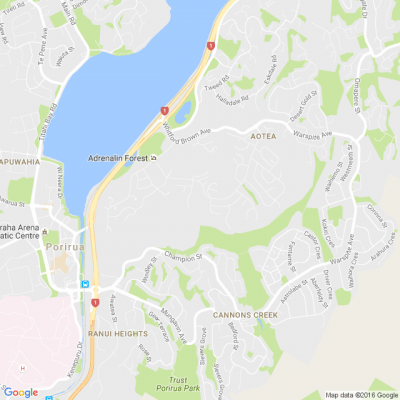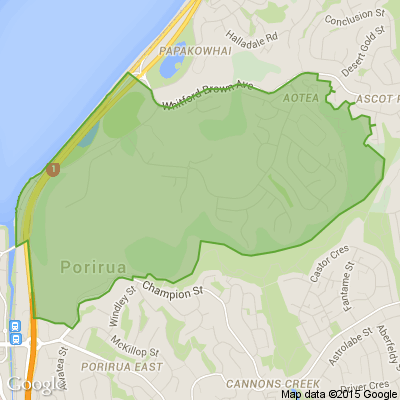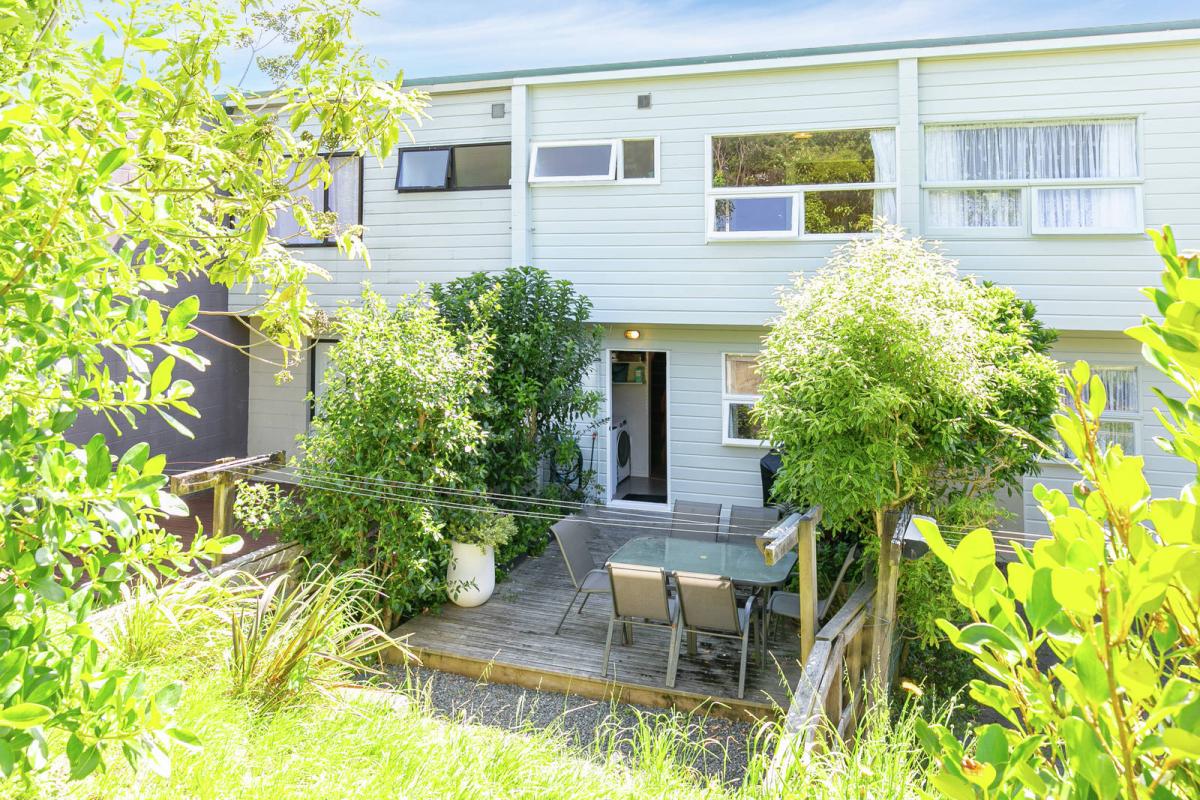John Burnet talked about his bees
Some 30 years ago, our speaker tonight, John Burnet, acquired a single beehive, and this introduced him to the exciting world of bees and the consequent growth of his hive holding to twenty-four. This hive empire, which is urban-based, produces about 200 kg of honey in a year and John consumes some himself and then sells the surplus on the local market.
Bees are essential for pollination in agriculture and horticulture and so, in 1839, Mary Bumby managed to establish two hives in the Hokianga (imagine the issues around bringing hives on a sailing ship from the other side of the world!) and then commercial beekeeping was established in 1878.
Most bees in New Zealand are honeybees (an Italian variety) although there are less social and shorter living native bees and smaller numbers of other introduced bees.
We have the highest number of hives per capita in the world with 885,160 registered hives with 10,340 beekeepers managing them.
Hive production has decreased over the years as commercial production has increased and the workload for managing hives has increased because of the establishment of varroa mites throughout the country.
We all know about the pampered life a Queen bee leads but of interest was the fact that any worker bee can be transformed into a queen if the need arises. The queen also, by choice, chooses the sex of her offspring.
Worker bees are infertile females, and they work a punishing schedule during their life that can last from six weeks to six months in the winter. It is all work and no play.
The drones are indolent males; however, there is a certain brutality to life as they are thrown out in winter when the hive population declines from around 60,000 to 20,000 and their sexual abilities are no longer in demand.
There is considerable interest in having bees in an urban environment and brightly coloured hives can be seen in many locations. If you have wondered why the multi-colour hives exist, the answer is it helps the bees find their home after a hard day in the field.
There are many plants that can be used to attract bees which are in everyone’s interest but the tip that found the most favour was to let your lawn grow longer by mowing less frequently.

Live Q&A: Garden maintenance with Crewcut
This Wednesday, we are having another Neighbourly Q&A session. This time with John Bracewell from Crewcut.
John Bracewell, former Black Caps coach turned Franchisee Development Manager and currently the face of Crewcut’s #Movember campaign, knows a thing or two about keeping the grass looking sharp—whether it’s on a cricket pitch or in your backyard!
As a seasoned Crewcut franchisee, John is excited to answer your lawn and gardening questions. After years of perfecting the greens on the field, he's ready to share tips on how to knock your garden out of the park. Let's just say he’s as passionate about lush lawns as he is about a good game of cricket!
John is happy to answer questions about lawn mowing, tree/hedge trimming, tidying your garden, ride on mowing, you name it! He'll be online on Wednesday, 27th of November to answer them all.
Share your question below now ⬇️

Poll: Should all neighbours have to contribute to improvements?
An Auckland court has ruled a woman doesn’t have to contribute towards the cost of fixing a driveway she shares with 10 neighbours.
When thinking about fences, driveways or tree felling, for example, do you think all neighbours should have to pay if the improvements directly benefit them?

-
82.5% Yes
-
14.9% No
-
2.6% Other - I'll share below
Art and Craft Market at Kai Tahi - 10 till 3 EVERY SUNDAY!
Hi neighbours
The new Porirua Community Art and Craft market at Kai Tahi in Porirua is now running EVERY Sunday. It's all indoors, and there's over 30 stalls each week.
Opens at 10am and closes 3pm, so you can also grab lunch at the many international food court options. Bring the kids, and your dog on a lead is welcome too!
Parking at the back (on harbour edge) is free - just stay clear of the Staff Only parks.












 Loading…
Loading…















